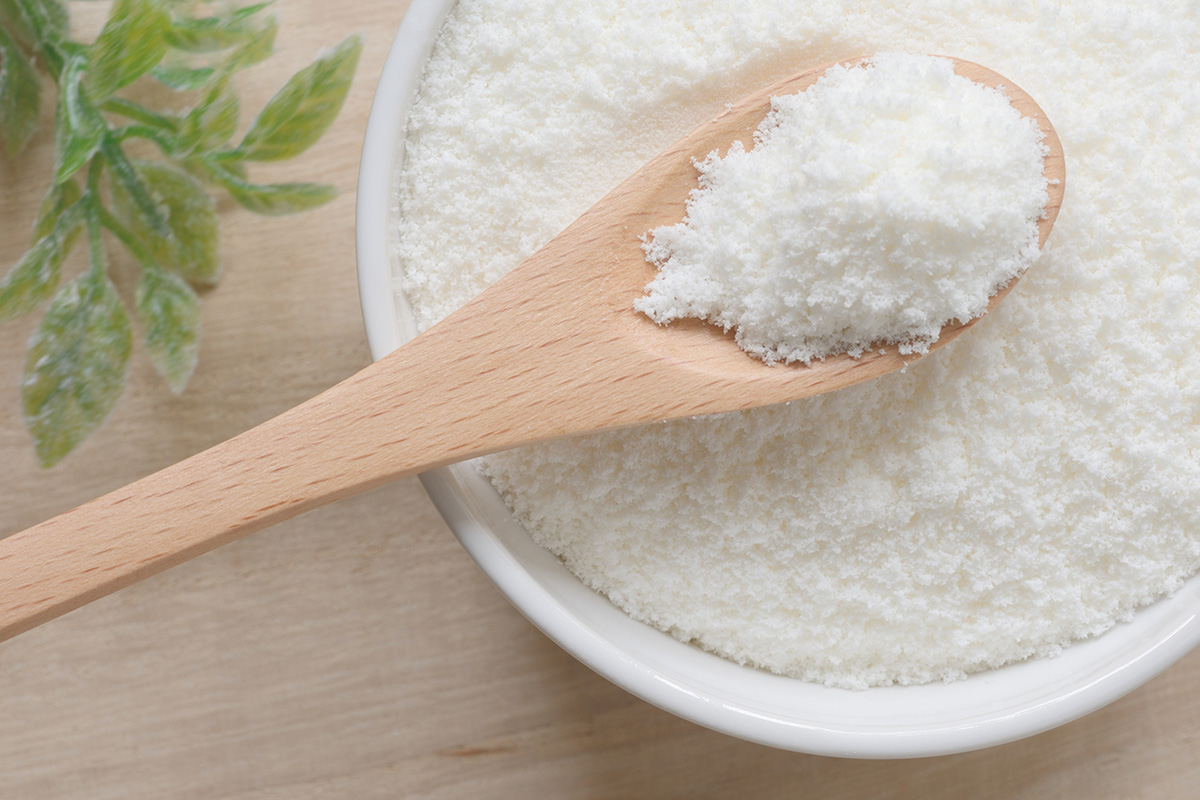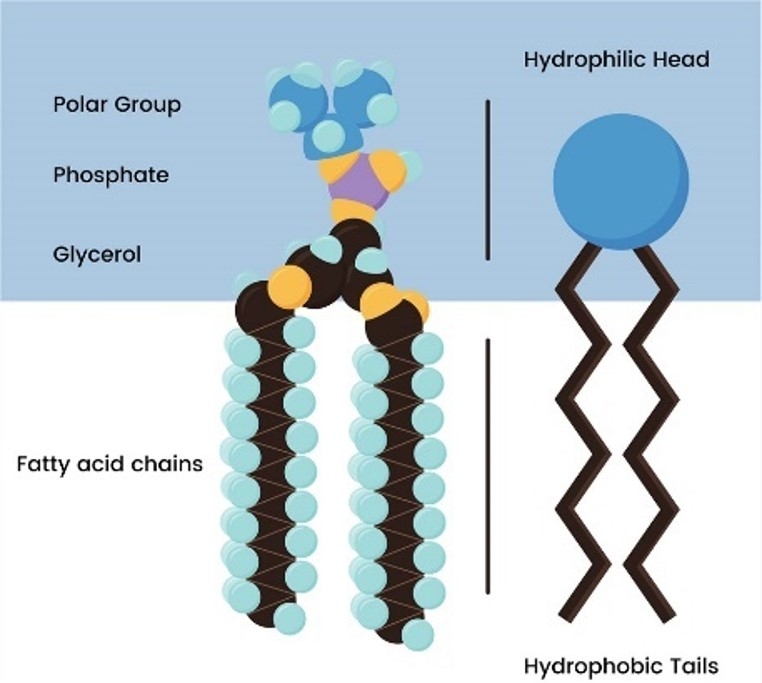Creative Biolabs is a global pharmaceutical company that has been providing a wide range of products and services for its customers around the world for many years. Our mission is to develop high-quality innovative tools and services to to meet our customers' needs with the utmost effort.

Phospholipids (PLs) are a class of lipids that contain phosphorus in their molecules and play a crucial role in the biochemistry and physiology of the cell. Phospholipids that exert their physiological roles are versatile ingredients for the formulation of systems to deliver functional compounds. Phospholipids have very low toxicity and can be used by a variety of routes of administration. They have been widely used for their surfactant properties in the formulation of emulsions for foods and pharmaceuticals, and in cosmetics emulsion formulations.
Phosphatidylcholine (PC) is the most abundant phospholipid in eukaryotic cell membranes and it can form lipid bilayers. PC is an amphiphilic molecule consisting of a hydrophilic head and a hydrophobic tail. It is a type of phospholipid with a choline group inserted in the head. Thanks to its amphipathic nature, PC is extensively applied as emulsification, stabilization and wetting agents in the fields of health products, foods and others.
All phospholipids have a phosphate group and fatty acid chains connected by a glycerol group. In terms of the chemical structure, phosphatidylcholine consists of a phosphate group, fatty acids, and choline. Phosphocholine contains a polar head group phosphorylcholine linked to the sn-3 position of glycerol and esterified to different saturated and unsaturated fatty acids at the sn-1 and sn-2 positions, whereby, the fatty acids in the position sn-1 are preferentially saturated as a rule. The different fatty acids attached to the glycerol moiety make PC a very complex molecule.
 Fig.2 Structural model of phosphatidylcholine.
Fig.2 Structural model of phosphatidylcholine.
Currently, there is an increasing demand for lecithins with high PC content from vegetable sources, particularly in pharmaceuticals, cosmetics, food and other applications owing to their emulsifying and non-antigenic properties. The application of vegetable lecithins in the field of pharmaceuticals and cosmetics mainly depends on the content of saturated or unsaturated fatty acids in the PC, and in many cases lecithin with more than 50% PC content is often used. On the other hand, in some pharmaceutical formulations, particularly those used for neurological disorders, liver dysfunction and in the preparation of liposomes, lecithin containing 80-90% PC is desired.
With years of experience and pharmaceutical specialized teams, Creative Biolabs is capable of providing our global clients with the best customized formulations and services including but not limited to PC. We have the following advantages:
In today's rapidly changing pharmaceutical industry, drug development requires a higher level of professional technical support from life sciences service providers. At Creative Biolabs, we have a team of top experts and professional researchers to help you achieve greater success by offering a wide range of specialized services. If you need any help, please contact us for more details.
 For Research Use Only. Not For Clinical Use
For Research Use Only. Not For Clinical UseSupports
Online Inquiry

